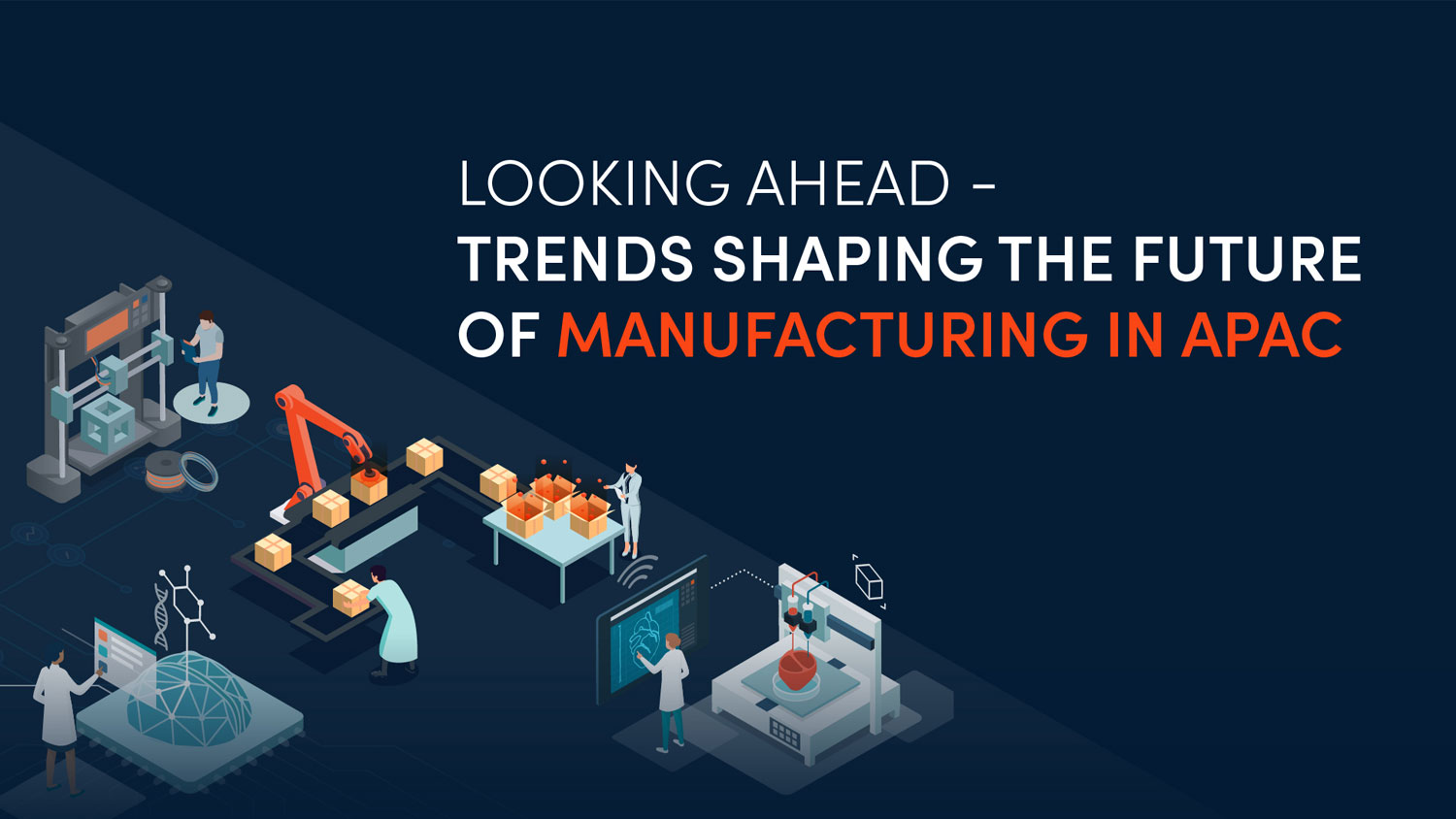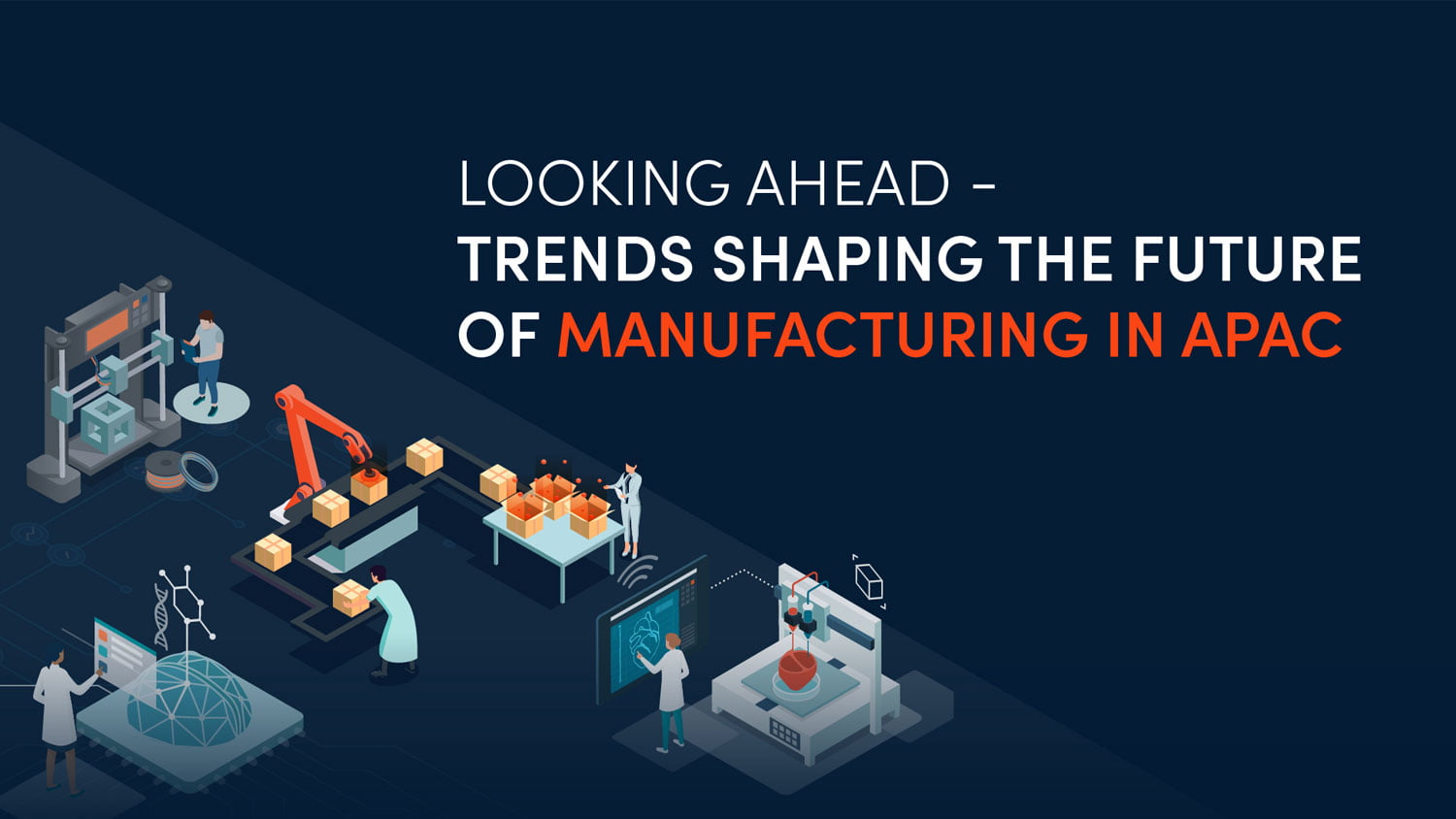
The Asia Pacific region is one of the global hubs for manufacturing and accounts for about 48.5 per cent of the worldwide manufacturing output.
As more countries across the region develop additive manufacturing capabilities and advanced materials, it leads to a reduction of waste production and lower consumption of energy. These developments accelerate decarbonisation effort, which is gaining priority as the region races towards achieving net-zero carbon emissions
Additive manufacturing: Building the next chapter in manufacturing
Additive manufacturing, commonly known as 3D printing, transforms the traditional industrial manufacturing process by enabling the creation of lighter, stronger parts and systems. It is a key element of smart manufacturing and allows for more complicated designs while reducing the amount of raw materials and labour required.
While 3D printing has reshaped the manufacturing scene, technology gaps such as post-processing issues, the inability to print large parts and the lack of multi-material printing are some of the challenges that the industry still faces.
To adapt to these existing gaps, industry-led initiatives including hybrid manufacturing addresses the drawbacks of low-accuracy systems by combining additive and subtractive processes. Large scale additive manufacturing (LSAM) and wire arc additive manufacturing (WAAM) are just some of the rapidly advancing processes which the industry uses to tackle the production of large-sized parts.
The Asia Pacific region is currently seeing a rapid proliferation of additive manufacturing technology. China, South Korea, Singapore, and Japan are leading the pack with a growth of additive manufacturing systems, with China already ranked as the world’s third largest additive manufacturing market behind the US and Western Europe.
Singapore holds market leadership in ASEAN with one-third of all industrial 3D printer installations are located here. The city state has also launched multiple initiatives to spearhead the development of additive manufacturing technology, carry out disruptive innovations, as well as build a nurturing ecosystem and state-of-the-art infrastructure.
Advanced materials: Growth of market parallel to additive manufacturing
Industrial breakthroughs in the additive manufacturing sector often go hand in hand with the development of new materials, such as nano polymers, biopolymers and metal matrix composites.
The rapid advancements in material science and R&D (research and development) efforts have accelerated the adoption of advanced materials. Businesses across industries are using these advanced materials to introduce new functionalities in their product portfolio, facilitate business expansion and gain market leadership through differentiation.
But the need for customisation is still a key issue in the industry. This has led to open innovation programmes to allow access to new technologies and solve application-specific challenges.
In Asia, Japan is leveraging on their internal R&D and collaborating with other stakeholders to develop new materials for both additive manufacturing and other industries; while countries such as Malaysia, Singapore and South Korea are more focused on customising material properties for various industries and reducing material costs for additive manufacturing.
Decarbonisation: Achieving net zero
The development of the additive manufacturing sector means a lower energy consumption and a reduction in waste generation. This aids in decarbonisation efforts as the region looks to transition towards net zero.
Decarbonisation uses technologies to cut carbon emissions from carbon-intensive sources. Some of the technologies the Asia Pacific region is looking at are
- Energy efficiency technologies:
- Waste Heat Recovery Systems (WHRS)
- IIoT (Industrial Internet of Things) Technologies
- Low carbon fuels:
- Solar Heat for Industrial Processing (SHIP):
- Hydrogen
- Biofuel
- Carbon capture
Competitive advantage, technological opportunity (access to technologies) and company requirements are some of the main drivers for decarbonisation. But engineering and maintenance issues, as well as high costs, are some of the top barriers to the adoption of decarbonisation technologies.
To drive progress towards the future of advanced manufacturing, departments across an entire organisation will need to align their sustainability goals together to support and integrate carbon clean technologies. Technologies for decarbonisation must also need to be competitive, easily accessible and is compliance with regulations to accelerate the move towards carbon neutral.
Countries including China, India, Japan, and South Korea have already set ambitious renewable energy targets, with plans in motion to set up large-scale plants for renewable energy generation. There is also an intention to invest heavily in energy-efficient technologies which will further reduce dependency on fossil fuels.
[“source=sginnovate”]










